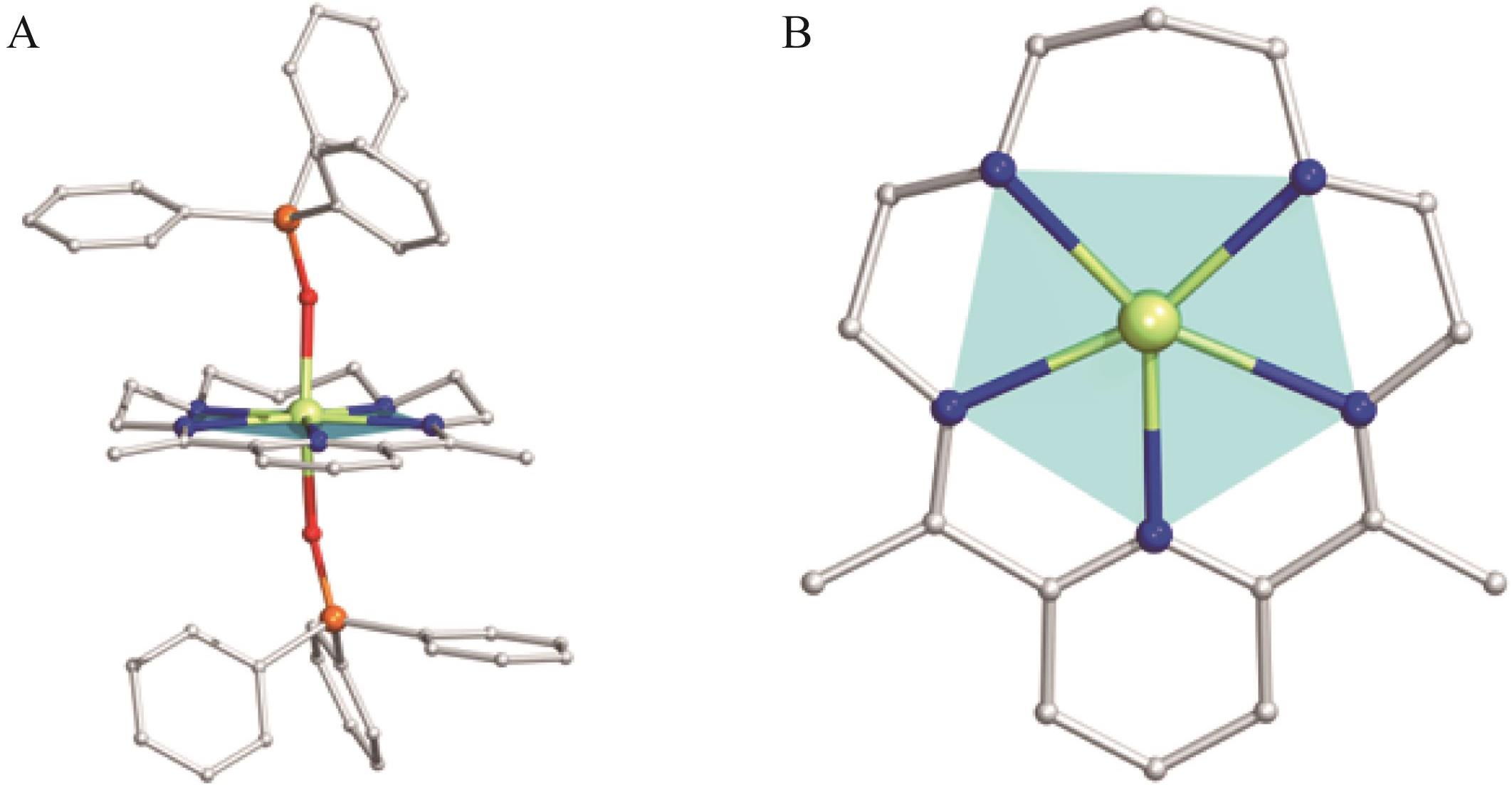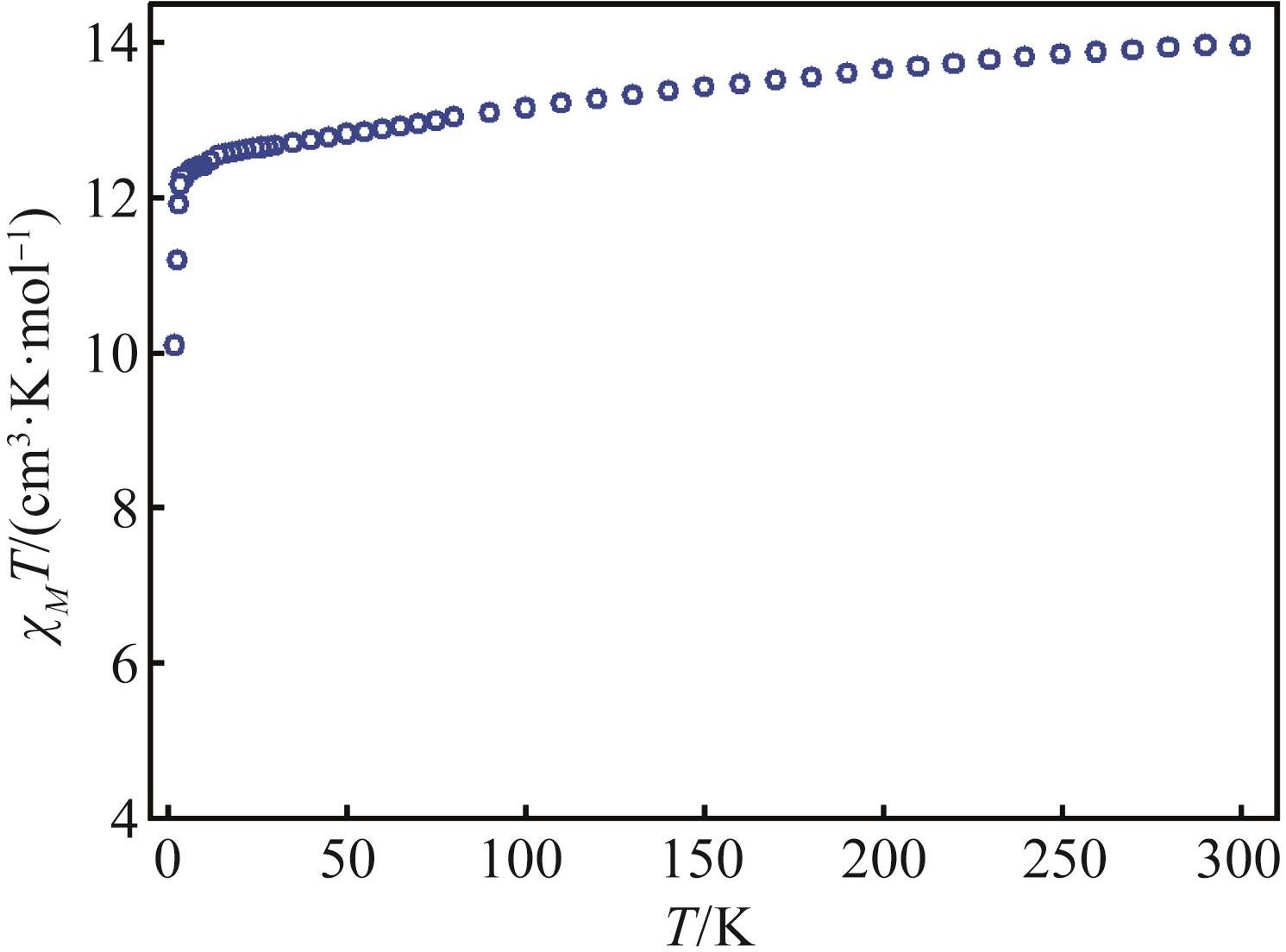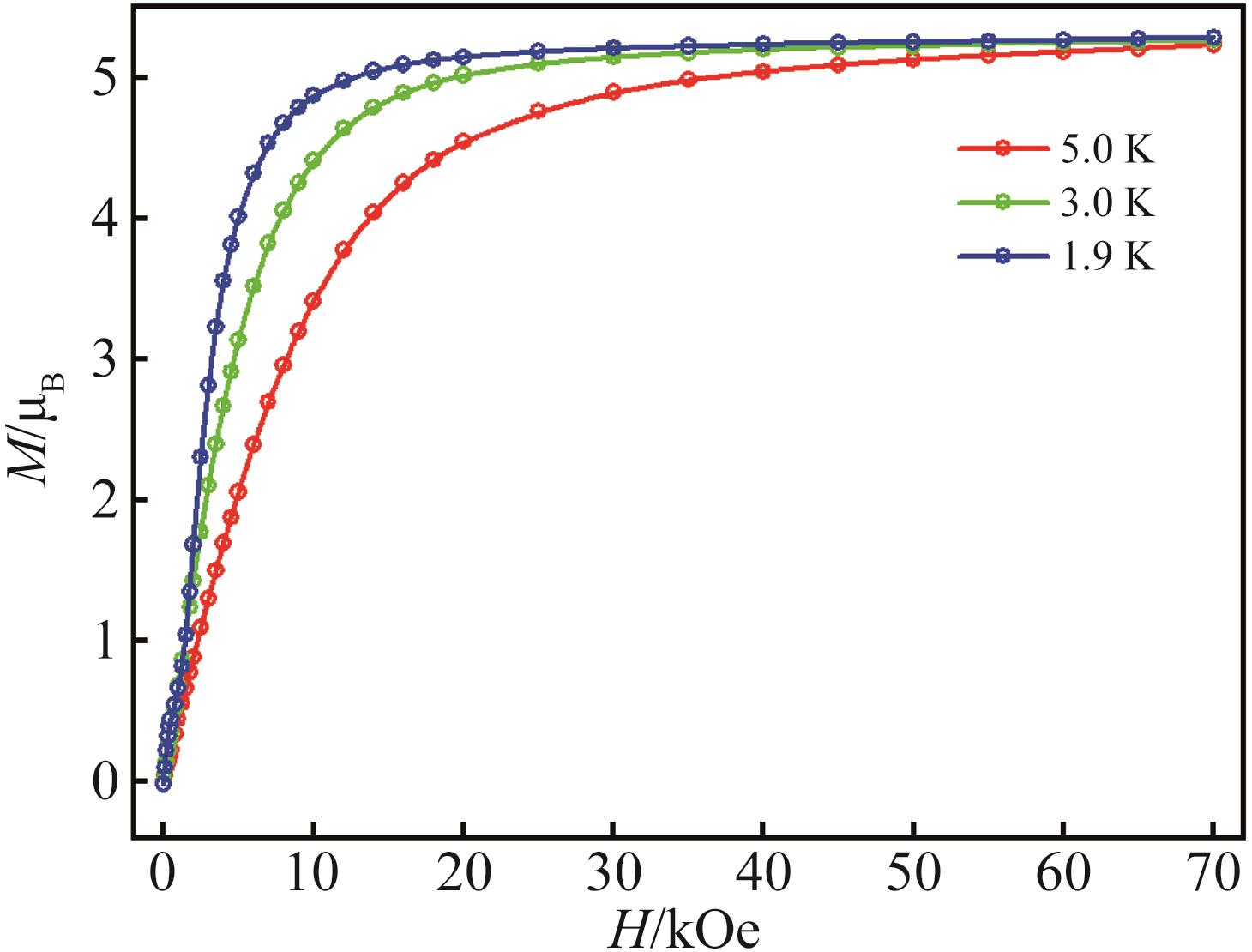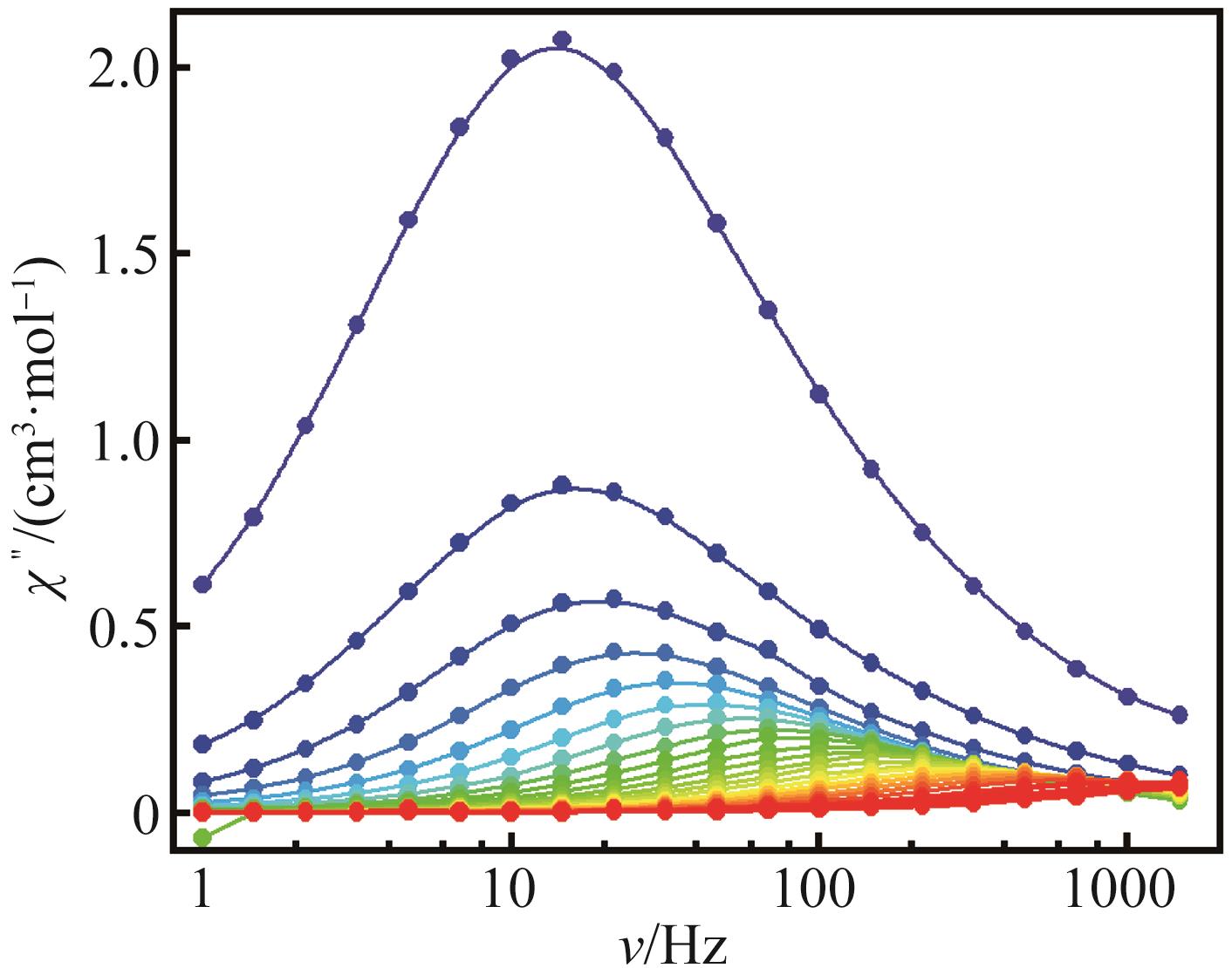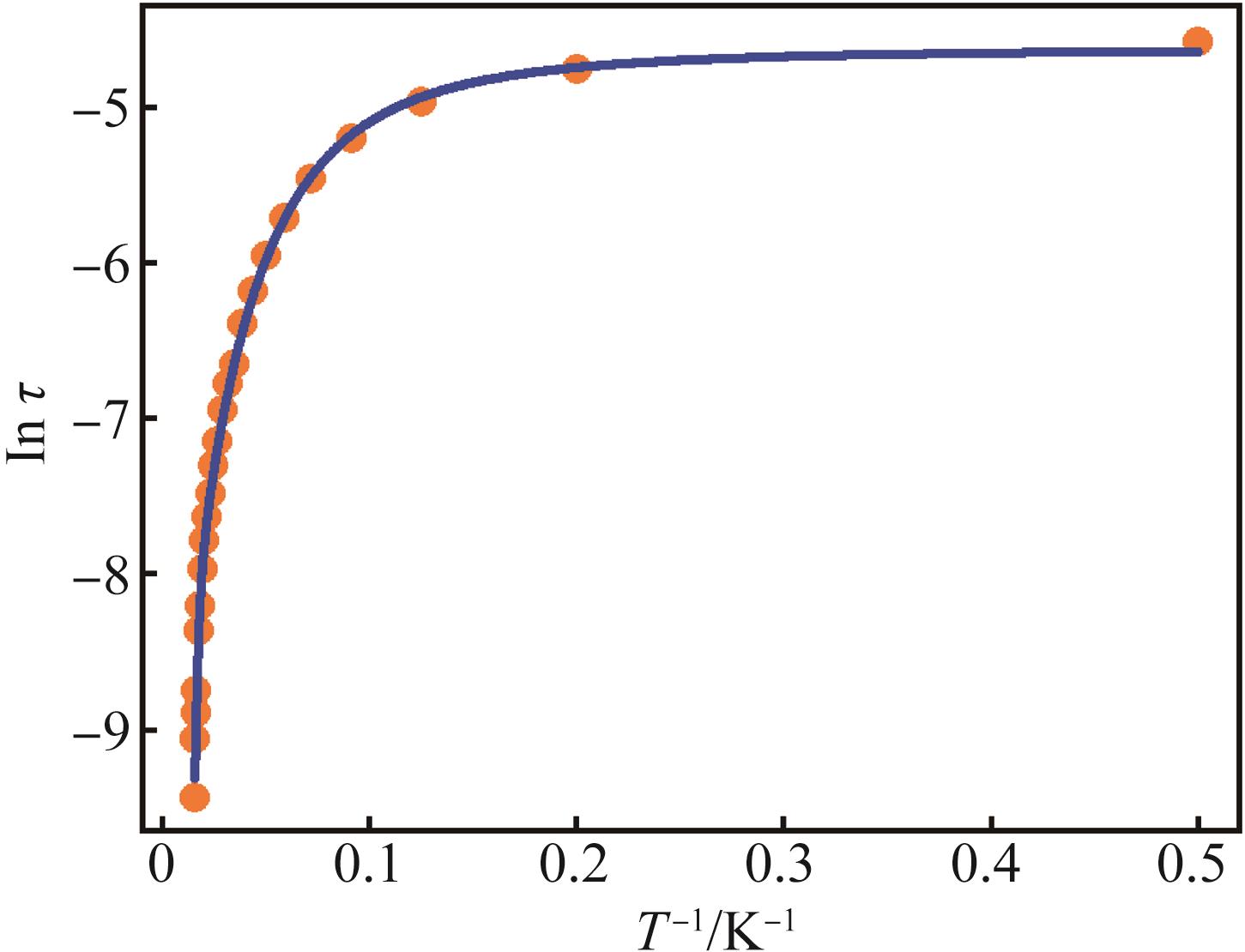| 1 |
SESSOLI R, GATTESCHI D, CANESCHI A, et al. Magnetic bistability in a metal-ion cluster[J]. Nature, 1993, 365(6442): 141-143.
|
| 2 |
TROIANI F, AFFRONTE M. Molecular spins for quantum information technologies[J]. Chem Soc Rev, 2011, 40(6): 3119-3129.
|
| 3 |
BOGANI L, WERNSDORFER W. Molecular spintronics using single-molecule magnets[J]. Nat Mater, 2008, 7(3): 179-186.
|
| 4 |
SHIDDIQ M, KOMIJANI D, DUAN Y, et al. Enhancing coherence in molecular spin qubits via atomic clock transitions[J]. Nature, 2016, 531(7594): 348-351.
|
| 5 |
NOREL L, DARAGO L E, LE GUENNIC B, et al. A terminal fluoride ligand generates axial magnetic anisotropy in dysprosium complexes[J]. Angew Chem Int Ed, 2018, 57(7): 1933-1938.
|
| 6 |
LIU F, KRYLOV D S, SPREE L, et al. Single molecule magnet with an unpaired electron trapped between two lanthanide ions inside a fullerene[J]. Nat Commun, 2017, 8(1): 16098.
|
| 7 |
LIU F, VELKOS G, KRYLOV D S, et al. Air-stable redox-active nanomagnets with lanthanide spins radical-bridged by a metal-metal bond[J]. Nat Commun, 2019, 10(1): 571.
|
| 8 |
ZHU Z, ZHAO C, FENG T, et al. Air-stable chiral single-molecule magnets with record anisotropy barrier exceeding 1800 K[J]. J Am Chem Soc, 2021, 143(27): 10077-10082.
|
| 9 |
ISHIKAWA N, SUGITA M, ISHIKAWA T, et al. Lanthanide double-decker complexes functioning as magnets at the single-molecular level[J]. J Am Chem Soc, 2003, 125(29): 8694-8695.
|
| 10 |
BLAGG R J, UNGUR L, TUNA F, et al. Magnetic relaxation pathways in lanthanide single-molecule magnets[J]. Nat Chem, 2013, 5(8): 673-678.
|
| 11 |
WOODRUFF D N, WINPENNY R E P, LAYFIELD R A. Lanthanide single-molecule magnets[J]. Chem Rev, 2013, 113(7): 5110-5148.
|
| 12 |
RINEHART J D, LONG J R. Exploiting single-ion anisotropy in the design of f-element single-molecule magnets[J]. Chem Sci, 2011, 2(11): 2078-2085.
|
| 13 |
DAY B M, GUO F S, LAYFIELD R A. Cyclopentadienyl ligands in lanthanide single-molecule magnets: one ring to rule them all?[J]. Acc Chem Res, 2018, 51(8): 1880-1889.
|
| 14 |
FENG M, TONG M L. Single ion magnets from 3d to 5f: developments and strategies [J]. Chem-Eur J, 2018, 24(30): 7574-7594.
|
| 15 |
BAR A K, KALITA P, SINGH M K, et al. Low-coordinate mononuclear lanthanide complexes as molecular nanomagnets[J]. Coord Chem Rev, 2018, 367: 163-216.
|
| 16 |
CASTRO-ALVAREZ A, GIL Y, LLANOS L, et al. High performance single-molecule magnets, orbach or raman relaxation suppression?[J]. Inorg Chem Front, 2020, 7(13): 2478-2486.
|
| 17 |
HERAS OJEA M J, MADDOCK L C H, LAYFIELD R A. Lanthanide organometallics as single-molecule magnets[M]//CHANDRASEKHAR V, POINTILLART F. Organometallic Magnets. Springer International Publishing, 2019: 253-280.
|
| 18 |
GUO F S, DAY B M, CHEN Y C, et al. Magnetic hysteresis up to 80 kelvin in a dysprosium metallocene single-molecule magnet[J]. Science, 2018, 362(6421): 1400-1403.
|
| 19 |
GOULD C A, MCCLAIN K R, RETA D, et al. Ultrahard magnetism from mixed-valence dilanthanide complexes with metal-metal bonding[J]. Science, 2022, 375(6577): 198-202.
|
| 20 |
GUO F S, DAY B M, CHEN Y C, et al. A dysprosium metallocene single-molecule magnet functioning at the axial limit[J]. Angew Chem Int Ed, 2017, 56(38): 11445-11449.
|
| 21 |
GOODWIN C A P, ORTU F, RETA D, et al. Molecular magnetic hysteresis at 60 kelvin in dysprosocenium[J]. Nature, 2017, 548(7668): 439-442.
|
| 22 |
RANDALL MCCLAIN K, GOULD C A, CHAKARAWET K, et al. High-temperature magnetic blocking and magneto-structural correlations in a series of dysprosium(Ⅲ) metallocenium single-molecule magnets[J]. Chem Sci, 2018, 9(45): 8492-8503.
|
| 23 |
CHEN Y C, LIU J L, UNGUR L, et al. Symmetry-supported magnetic blocking at 20 K in pentagonal bipyramidal Dy(Ⅲ) single-ion magnets[J]. J Am Chem Soc, 2016, 138(8): 2829-2837.
|
| 24 |
LIU J, CHEN Y C, LIU J L, et al. A stable pentagonal bipyramidal Dy(Ⅲ) single-ion magnet with a record magnetization reversal barrier over 1000 K[J]. J Am Chem Soc, 2016, 138(16): 5441-5450.
|
| 25 |
CANAJ A B, DEY S, MARTÍ E R, et al. Insight into D6h symmetry: targeting strong axiality in stable dysprosium(Ⅲ) hexagonal bipyramidal single-ion magnets[J]. Angew Chem Int Ed, 2019, 58(40): 14146-14151.
|
| 26 |
GUPTA S K, RAJESHKUMAR T, RAJARAMAN G, et al. An air-stable Dy(Ⅲ) single-ion magnet with high anisotropy barrier and blocking temperature[J]. Chem Sci, 2016, 7(8): 5181-5191.
|
| 27 |
LIU J L, CHEN Y C, ZHENG Y Z, et al. Switching the anisotropy barrier of a single-ion magnet by symmetry change from quasi-D5h to quasi-Oh[J]. Chem Sci, 2013, 4(8): 3310-3316.
|
| 28 |
CANAJ A B, SINGH M K, WILSON C, et al. Chemical and in silico tuning of the magnetisation reversal barrier in pentagonal bipyramidal Dy(Ⅲ) single-ion magnets[J]. Chem Commun, 2018, 54(59): 8273-8276.
|
| 29 |
DING Y S, CHILTON N F, WINPENNY R E P, et al. On approaching the limit of molecular magnetic anisotropy: a near-perfect pentagonal bipyramidal dysprosium(Ⅲ) single-molecule magnet[J]. Angew Chem Int Ed, 2016, 55(52): 16071-16074.
|
| 30 |
CANAJ A B, DEY S, WILSON C, et al. Engineering macrocyclic high performance pentagonal bipyramidal Dy(Ⅲ) single-ion magnets[J]. Chem Commun, 2020, 56(80): 12037-12040.
|
| 31 |
MILLER J S, EPSTEIN A J. Molecule-based magnets-an overview[J]. MRS Bull, 2000, 25(11): 21-30.
|
| 32 |
ATZORI M, SESSOLI R. The second quantum revolution: role and challenges of molecular chemistry[J]. J Am Chem Soc, 2019, 141(29): 11339-11352.
|
| 33 |
GUTFLEISCH O, WILLARD M A, BRÜCK E, et al. Magnetic materials and devices for the 21st century: stronger, lighter, and more energy efficient[J]. Adv Mater, 2011, 23(7): 821-842.
|
| 34 |
BOUDREAUX E A, MULAY L N. Theory and applications of molecular paramagnetism[J]. J Magn Reson, 1969, 1977, 27(2): 356.
|
| 35 |
MARK P. Continuous symmetry measures. 5. the classical polyhedra[J]. Inorg Chem, 1998, 37(21): 5575-5582.
|
| 36 |
RETA D, CHILTON N F. Uncertainty estimates for magnetic relaxation times and magnetic relaxation parameters[J]. Phys Chem Chem Phys, 2019, 21(42): 23567-23575.
|

 )
)

